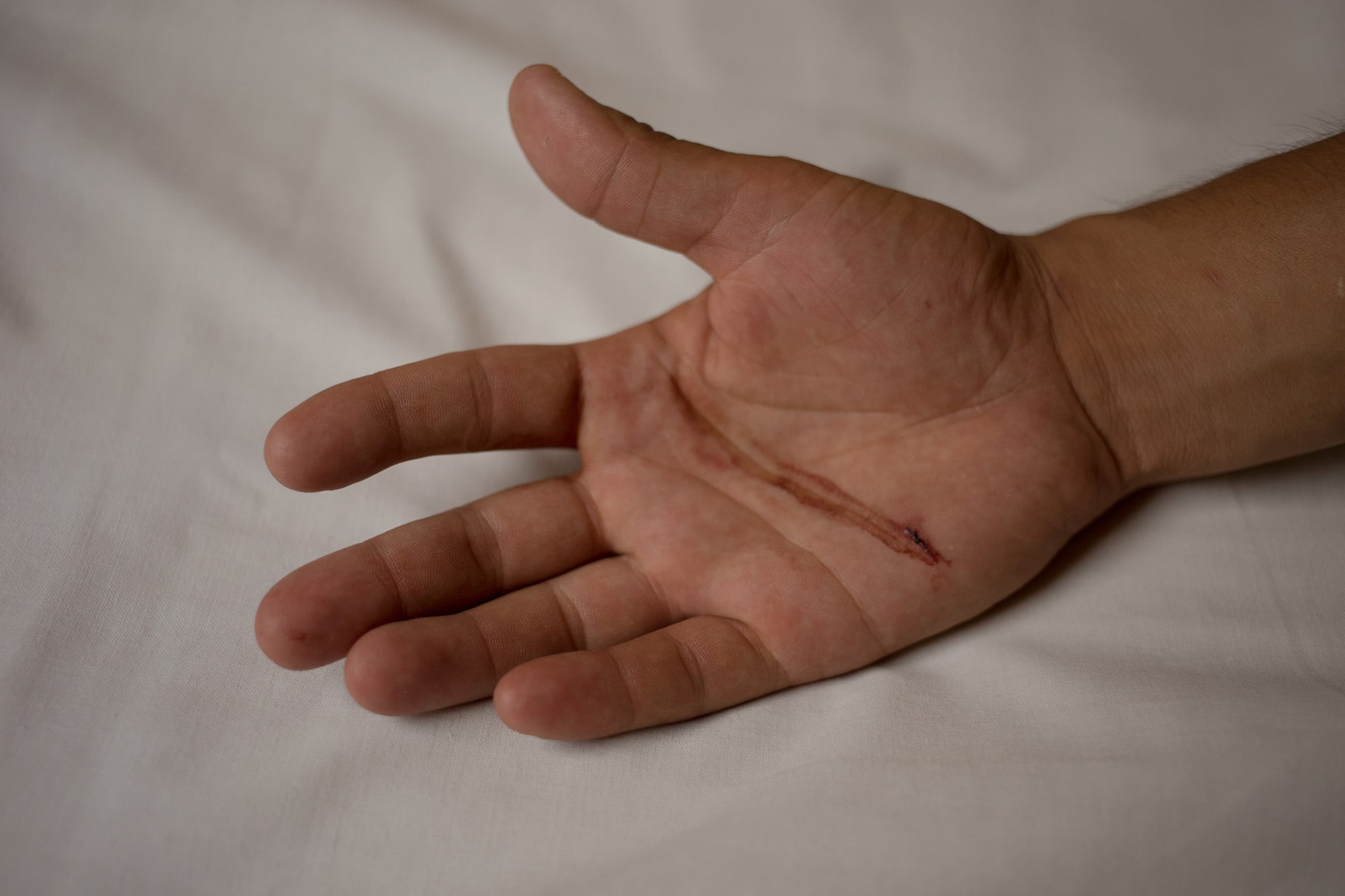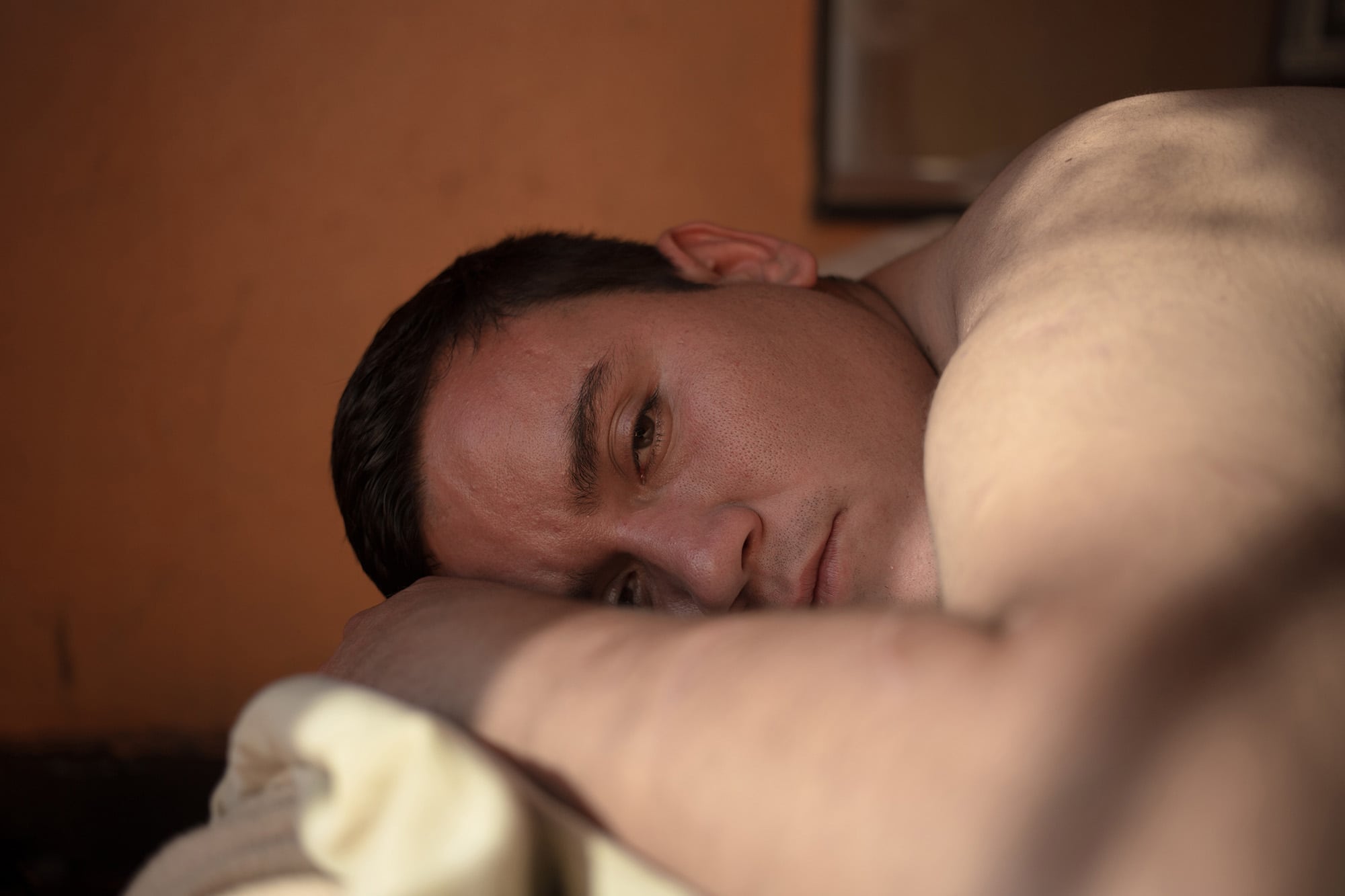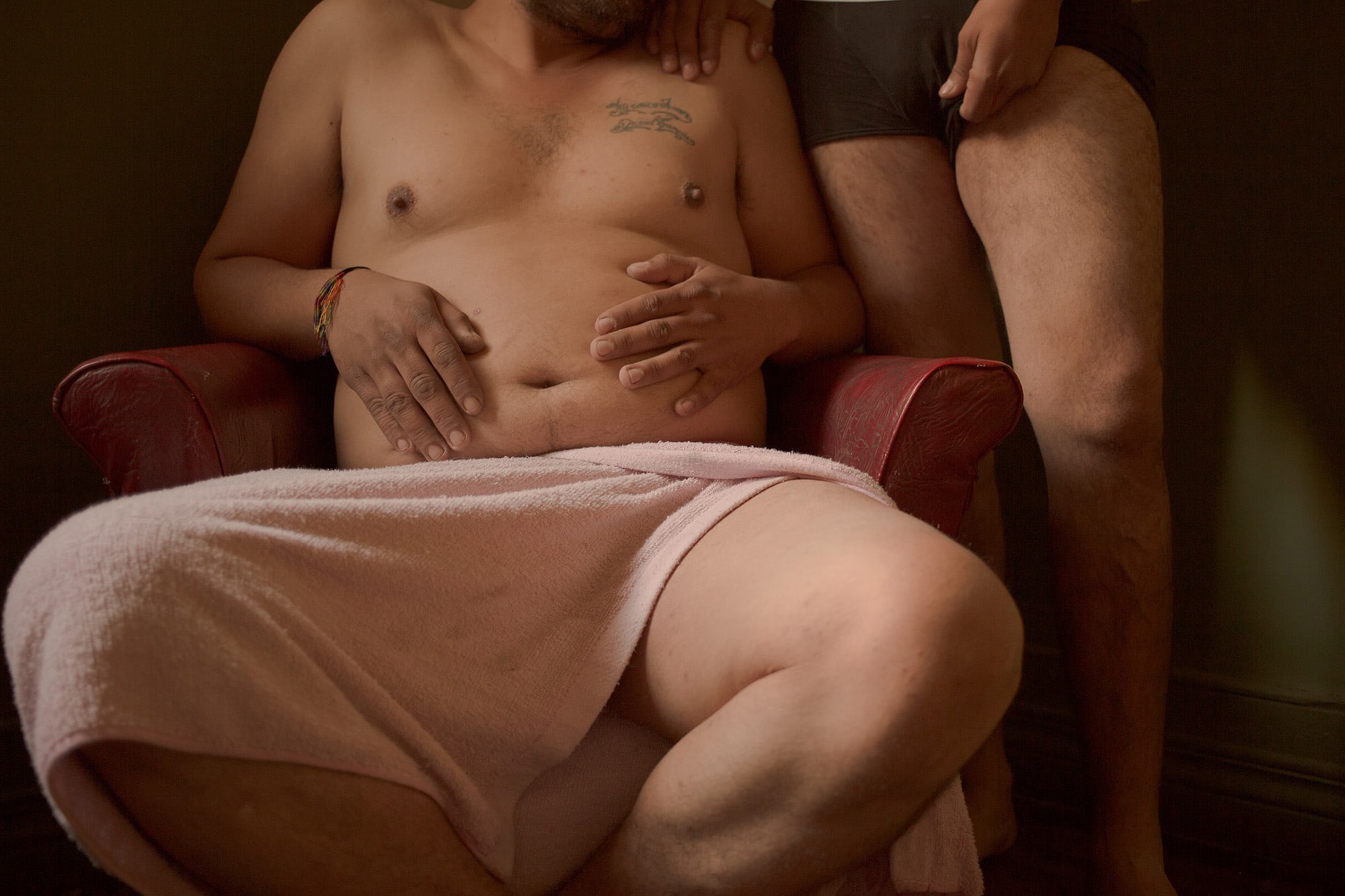
Gender, sexuality, and inner worlds in Carla Yovane’s work
Carla Yovane is a Chilean psychologist who discovered her photographic gaze on a trip. Other people saw her photos and were surprised to notice that they were in the same place, yet Carla saw different things that perhaps were not visible for others.
That trip marked her because the people she met there introduced her to the world of photography. Then, a photographer friend and professor, Ricardo Portugüeis, helped her land the trip and edited her first photographic series: Unlock (2014). Ricardo knew that she indeed had much more material, so they put together the series Arianda (2014), in which she accompanies the transition from Ariel to Arianda.
She says that perhaps because of her training as a social psychologist, what interests her in photography has to do with the social worlds that we do not see. Precisely, Carla portrays in Tiempo de vals a very little visible reality: male prostitution. In a few months, this project will be a photobook.
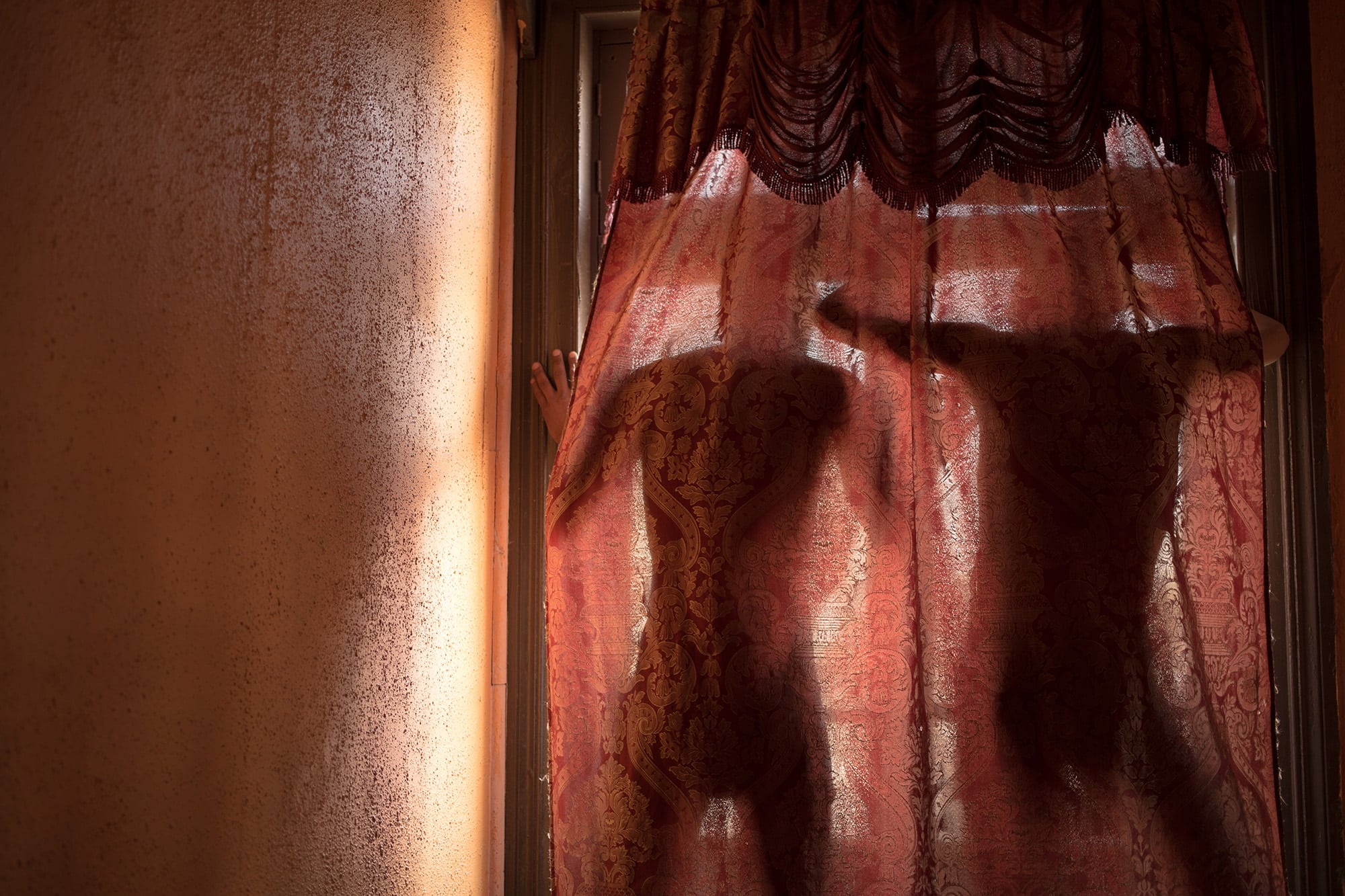
Carla Yovane
Is it Arianda’s story that started your interest in gender and sexuality?
Yes, I think there was an exploration with gender. But also, in Persona (2014), I also explored a question about the people we are and the people we want to be. How that question begins to define us or how do others define us, how we are also categorized. That is where that search for gender begins.
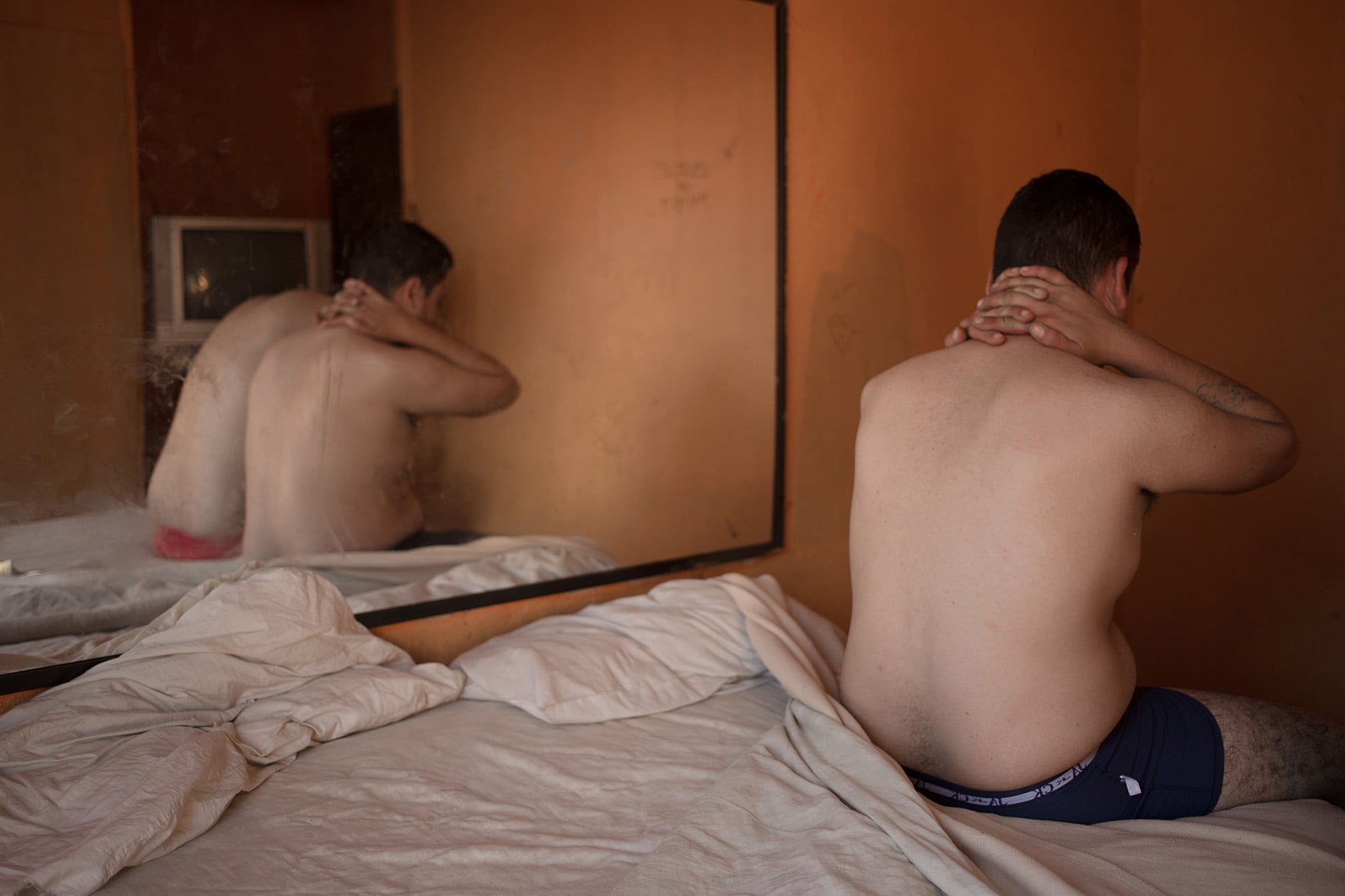
Carla Yovane
You said you are interested in worlds we can’t see or that are invisible. How do you portray what we can’t see?
I think mine comes from intuition. I feel that we are bombarded with images nowadays, but perhaps my work comes from searching for these images that reach us in another way. It is necessary to decolonize the idea that we perceive only with our eyes. The body itself perceives things. One feels things that often do not come directly from the gaze. So, many of these stories arise with people I know, and there I begin a journey into an inner world. We all have an inner world.
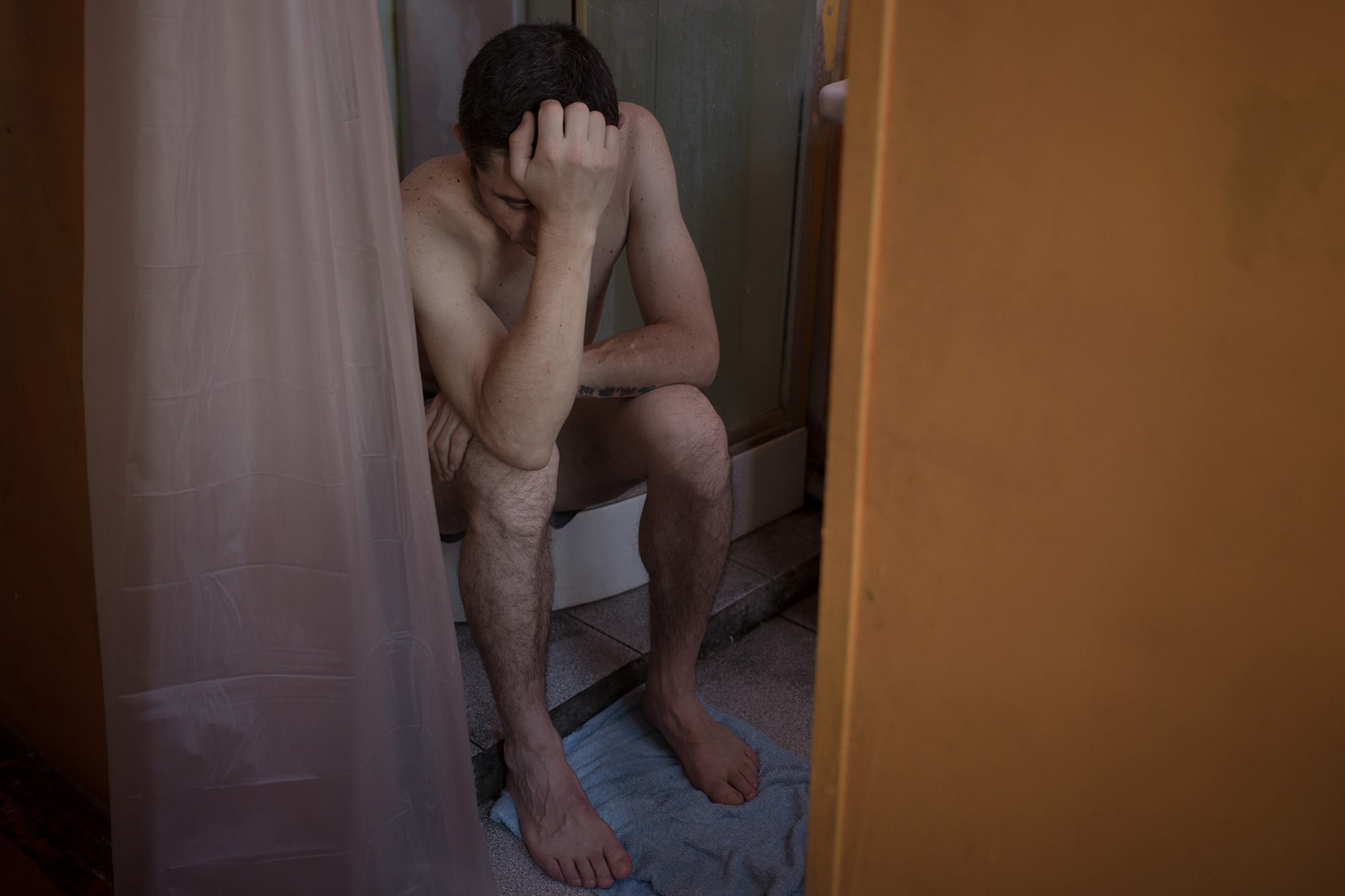
One of those worlds we don’t see is precisely male prostitution.
Exactly. I came to that story because I was in a photography workshop at the Valparaíso International Photography Festival at FIFV. The work was at what distance we look at the difference. In my head and maybe as a psychologist, I also said, ” Well, why are we always focusing on what makes us different, and why don’t we look for what unites us. At that time, they also wanted us to work on the immigration issue because many migrants were arriving in Chile. And since they knew my work with transformers, they wanted me to work with a migrant transformer.
I did not find one. So I started working with Dominican, Central American, Colombian, etc., sex workers. I did what I had to do. I used my favorite lens, the 40, which allows me to get very close, and it was just what I wanted. I had decided that if I were going to go all in, I would go all in, and I did it. But that job did raise several doubts in my mind. Basically, since the history of photography, sex workers have always been portrayed. I began to wonder if there were sex workers, where the sex workers were.
So I decided to ask them, and they introduced me to Andres; with him, I entered a very different world from female prostitution. To begin with, they go almost unnoticed, and there is another language to know who they are and who the clients are. I never took the camera out to shoot, I spent a long time talking with Andrés, trying to enter his world, and it was he and his companions who taught me to see the Plaza de Armas. That’s how I learned to recognize the clients, to identify who they were and how that initial flirtation took place. You walk through downtown Santiago and see half the things going on there. It’s amazing.
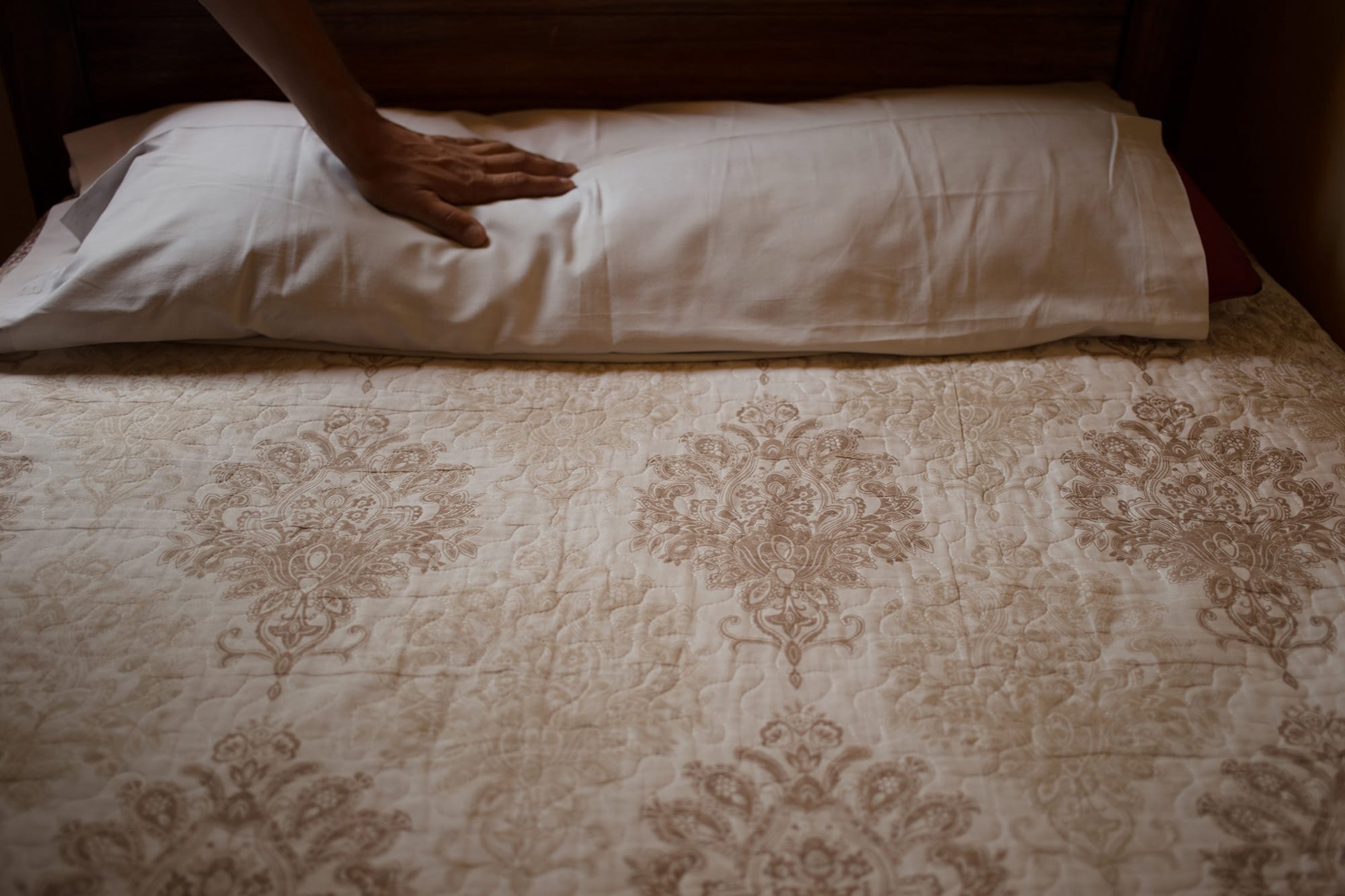
Carla Yovane
What were these men like?
I dare say that these sex workers are men in very precarious and vulnerable situations. They are people who do not have essential resources such as housing or even food. I make this distinction because today, there is another range of male prostitution with some apps. Those are men who go to the gym and people who have more education, and for whom perhaps this is a work option, not the only one. For them, it is not about survival.
You portrayed both the workers and the clients. What were the clients like?
I went into the Plaza de Armas and listened to all these stories. Things began to emerge along the way. My starting point had to do with the question: why do men prostitute themselves? What is the story behind prostitution? There began to emerge powerful stories of tragic events that made you understand the background of why they got to where they are today.
I stand from a very horizontal position. They know that I am a psychologist, that I am a photographer. I asked Andrés if I could take a portrait in one of the rooms in his place of work, and he took me to a nearby location. Near the Plaza de Armas many motels rent rooms by the hour, I didn’t know they existed until that moment. Another world moves there, in the middle of financial buildings. When I began to encounter their scars, hear more stories, and enter even more into that world.
That’s when I thought that if sexuality is between two, why do we continue to portray only the sex worker and not the client. I asked them and I began to discover that they had clients of many years, that there are relationships, it’s not just the night and the horniness. So the clients started to accept participating in the photos because they felt that there was not much to lose and they had nothing to hide.
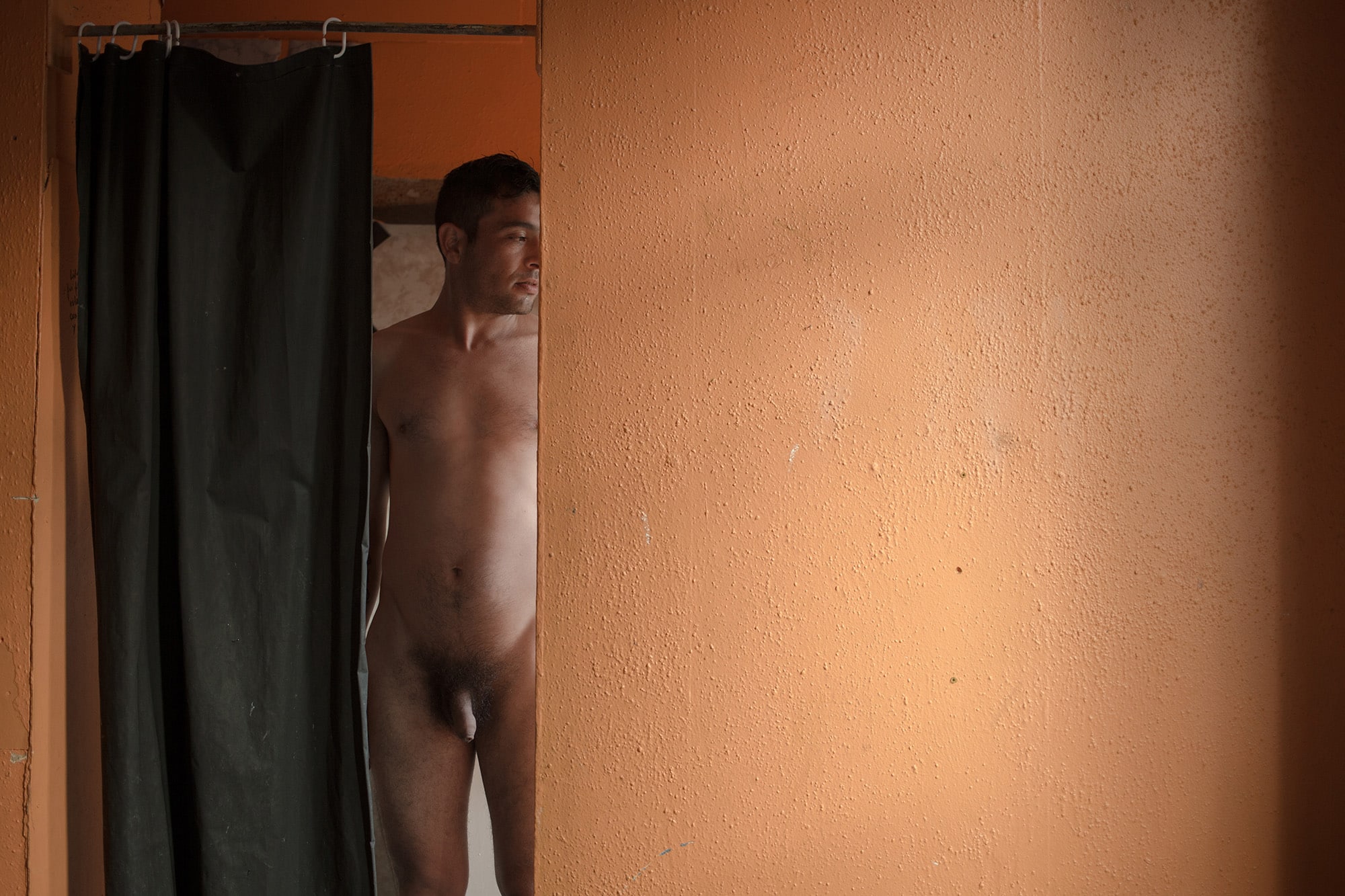
Carla Yovane
Why is the work called Tiempo de vals?
We have been discussing that title. It has to do with the Chayanne song. At the motel I used to go to, a lady took care of the housekeeping in exchange for a room where she lived. She could be the president of the Chayanne fan club, her room was full of pictures of Chayanne. Also, I don’t know if it was a coincidence, but that song was playing many times I was there. Then I started to pay attention to the lyrics, and it talked about an affectionate relationship and the waltz. That made me think of the tango and the dances between men. I saw a connection between the clients and the workers like a dance.
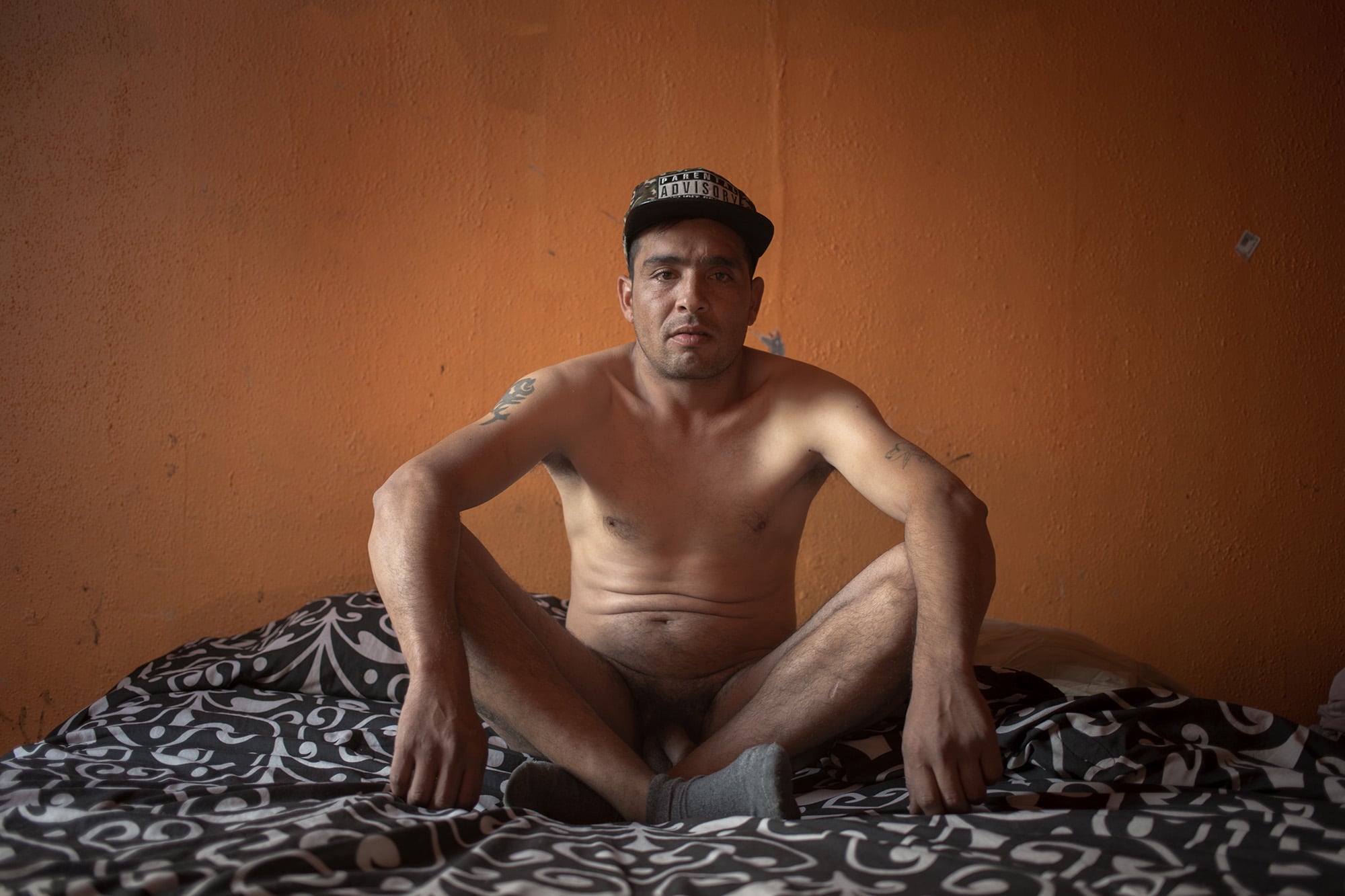
Carla Yovane
In the beginning you said that these men taught you to see the Plaza de Armas. What else did they teach you to see?
One of the things that struck me the most is how supportive they are of each other. There is a world of humility, openness, and enormous solidarity. I remember being in the Plaza Armas, and if one arrived with a sandwich, the first thing was to ask if the others had eaten lunch, and if there were one or two people who had not, that sandwich was divided into three did not talk about it. Because they don’t know the next day if they will have something to eat or not, some of them live in a street situation, so they collect money to be able to rent a room for the night.
I also got very close to loneliness and affection. Some clients are not only looking for a fuck, but also companionship and affection.
Although sex can be a way to solve that, it’s even a conversation and a dance. Also, sexuality, in this case, is very fluid.
Of course, not all of them recognize themselves as homosexuals; some say they like to have sex with men, and that’s it, but they have wives and children. But it is a world with more fluidity, perhaps because they connect more from the body, pleasure, and desire.
